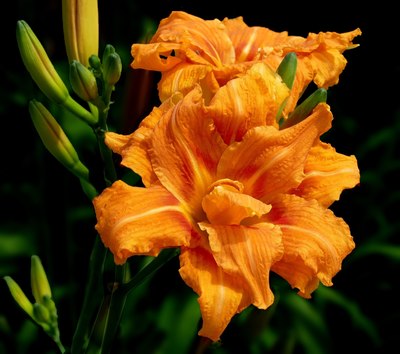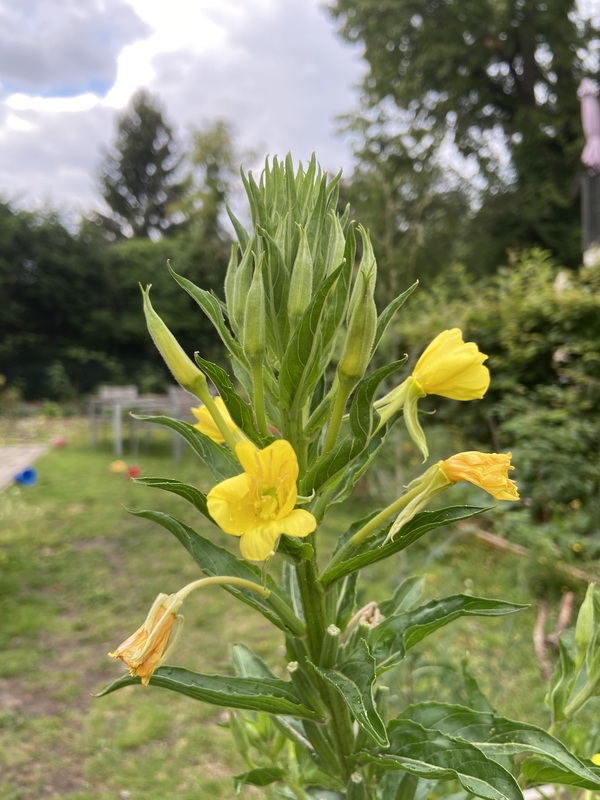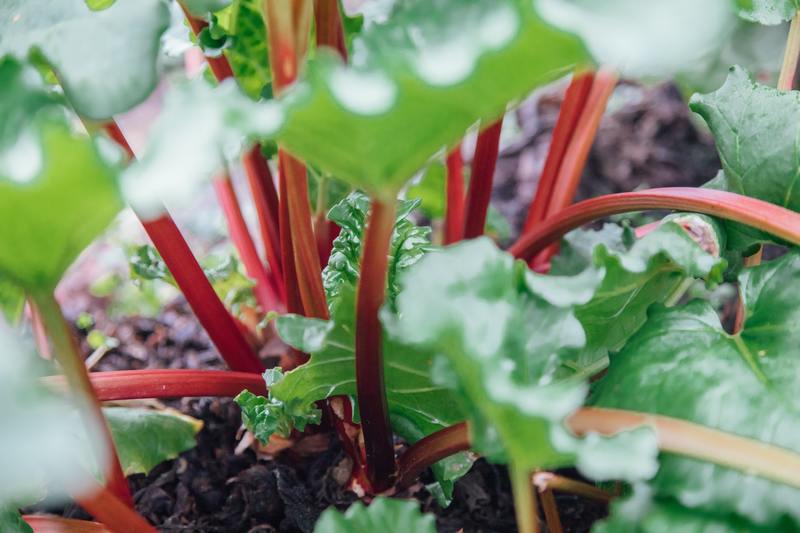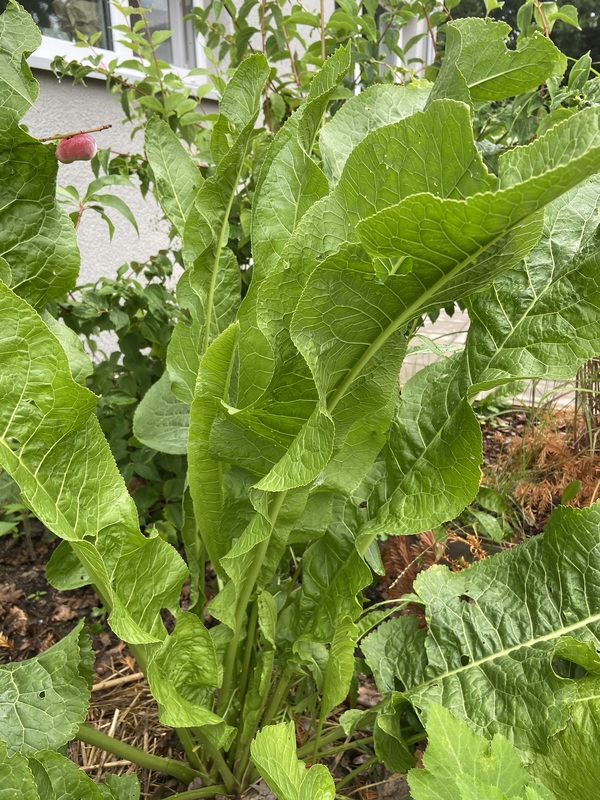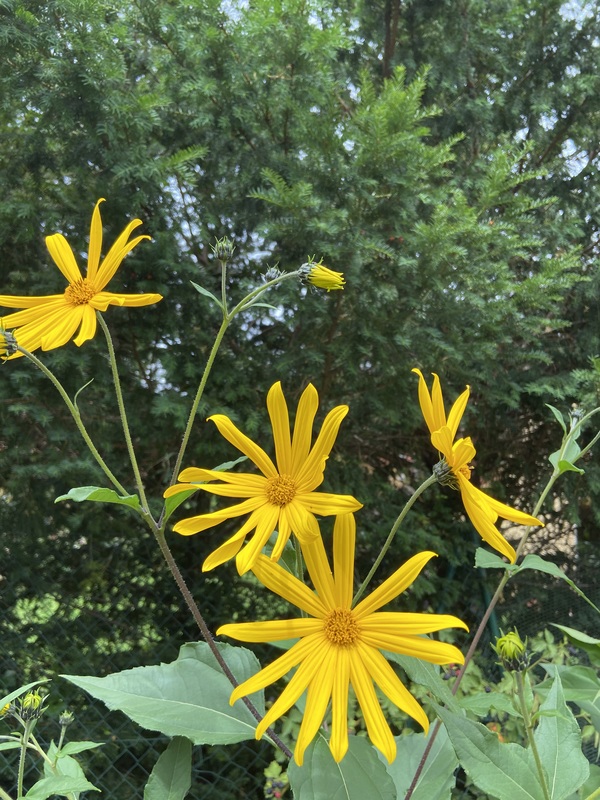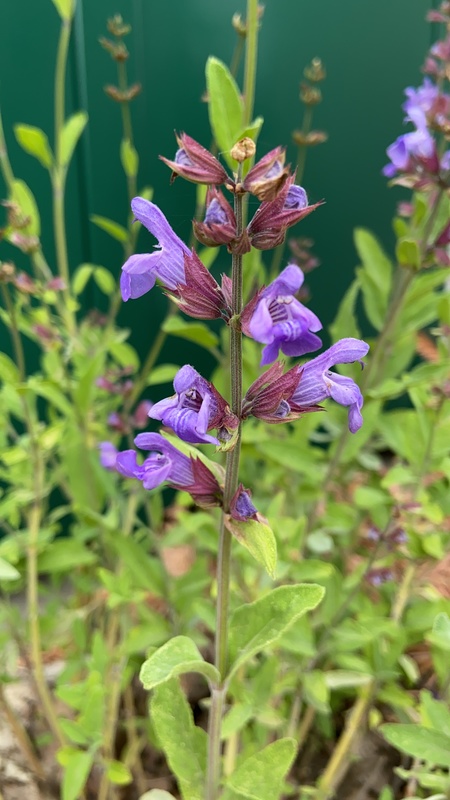Description
The Common Day Lily, also known as Hemerocallis fulva, is native to Asia and Eastern Europe. It is a hardy plant that is easy to grow in a variety of conditions. The plant has long, sword-shaped leaves and clusters of orange or reddish-orange flowers that bloom in the summer. The flowers are typically trumpet-shaped and have six petals. The plant can grow up to 3 feet tall and has a spread of 1-2 feet. It is known for its rapid growth and can spread quickly if not controlled.
The Common Day Lily is often mistaken for other lily species, such as the Asiatic lily, but can be distinguished by its orange flowers and sword-shaped leaves. It is also known for its resilience and can tolerate a wide range of growing conditions. The plant prefers well-drained soil and full sun, but can also tolerate partial shade. It is drought-resistant and can thrive in hot, dry conditions.
The Common Day Lily is not typically considered edible, but the leaves and petals can be eaten raw or cooked. The leaves can be harvested in the spring or early summer and used in salads or as a garnish. The petals can be used to add color and flavor to dishes. The plant can also be used medicinally, as the leaves and petals are believed to have anti-inflammatory and antiseptic properties.
In addition to its aesthetic and medicinal value, the Common Day Lily is also useful for wildlife. The flowers attract bees, butterflies, and hummingbirds, making it a valuable plant for pollinators.
Propagation - Division
Divide in spring or after flowering in late summer or autumn.
